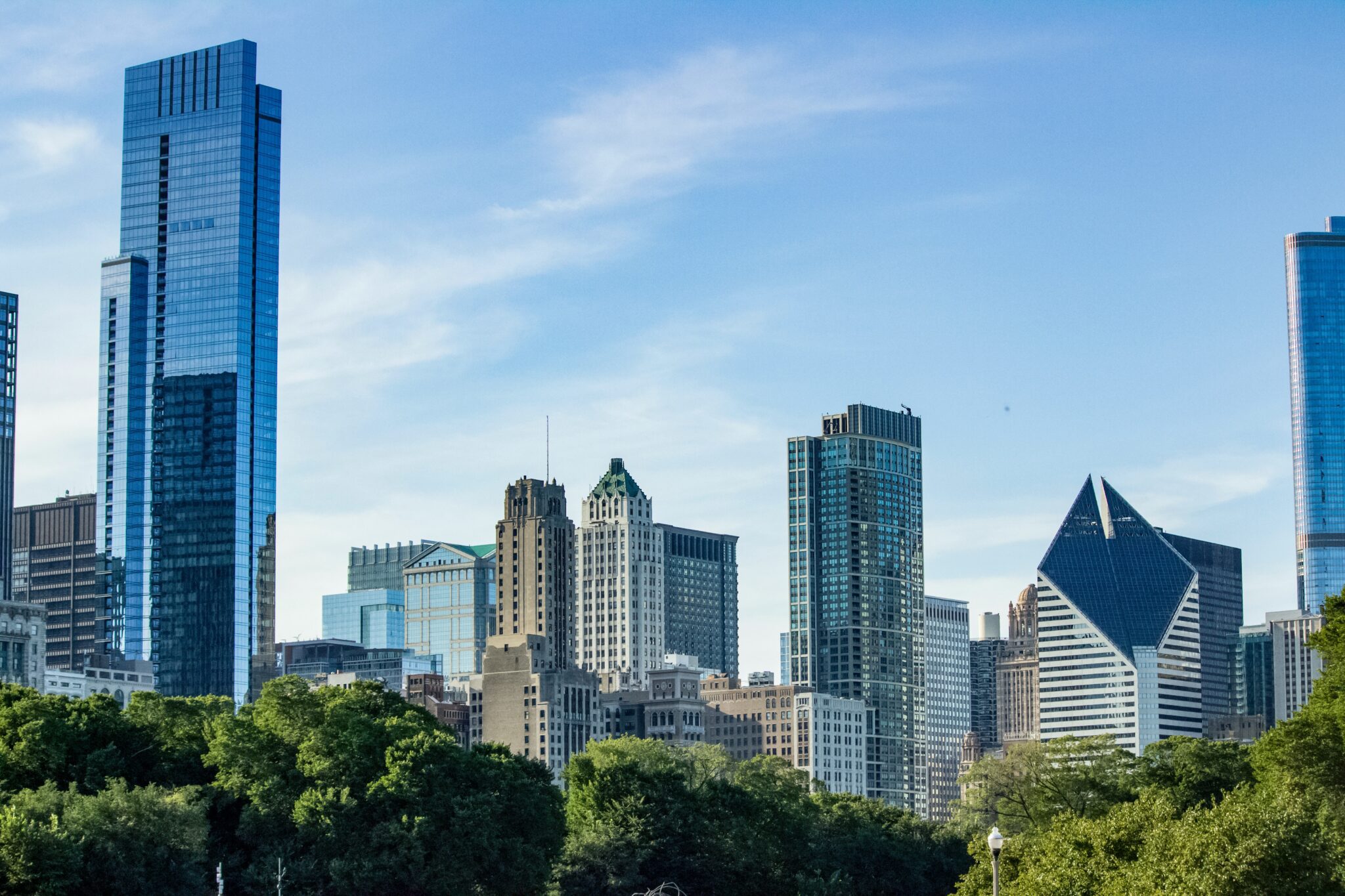Smart buildings and the economy: how investors are reacting
Posted:
11 / 15 / 2022
Tagged:

Developers are still investing in smart technologies despite the economic outlook, but some solutions are higher up the agenda than others.
If there had been a recession five years ago, smart technology would have been one of the first things to be value-engineered out of building projects. That’s no longer possible today, even with the current economic outlook.
At WiredScore, we’re seeing this in our conversations with developers and in the data we collect about smart buildings during the certification process. By following projects from design to completion, we have a powerful feedback loop that allows us to understand the maturity of particular solutions and the most popular use cases in different markets. It’s a small but statistically significant sample of the world’s best buildings – and there aren’t many better ways to learn about something than by following the people who are doing it really well.
We know that the premium tier of office space tends to hold its value better in a recession, and we can already see this happening. High-quality, energy-efficient buildings with in-demand amenities are still commanding strong rents, as demand for lower-quality space is declining. Today, smart technology is almost a defining characteristic of a prime office: it is what underpins that quality, efficiency and premium, amenity-rich occupier experience. But while the landlords that WiredScore works with are committed to investing, they’re not spending indiscriminately – they are laser-focused on the things that will maintain the value of their assets and attract tenants in a challenging market.
Sustainability is one area that shows no signs of diminishing with new regulations and growing social consciousness giving landlords strong incentives to engage. In New York, for example, Local Law 97 requires most buildings over 25,000sq ft to meet tough new energy efficiency and emissions targets by 2024, and even stricter ones by 2030. In Washington D.C., all new buildings and substantial renovations will have to be net-zero by 2026, and most uses of natural gas will be banned. Meanwhile, Sydney’s city council just voted in planning controls that will force new buildings and major redevelopments over 1,000 sq m to meet minimum energy ratings from 2023, and reach net-zero by 2026. It’s clear that, regardless of market conditions, owners and operators know they need to invest to retrofit poorly performing assets and make new ones future-ready.
One sustainability solution that is front-of-mind is metering. Believe it or not, a significant portion of buildings don’t have pervasive metering systems, and you can’t manage what you can’t measure. Smart solutions can extract data from systems and present it in a format that in-house sustainability teams can use to reduce consumption. These newer solutions are typically easier and cheaper to retrofit, being mounted externally to a flow pipe and connected to an on-premise gateway. Information is then fed into a dashboard that shows performance across a portfolio of buildings.
Many landlords will take the next step and use advanced analytics to optimise building performance in real time. Today, this is largely rules-based, but we are seeing some early adoption of machine learning and AI among our customer base. Several have achieved the highest-possible energy optimisation criteria on SmartScore, which requires the use of analytics and optimisation without operator intervention. So far, we’ve only seen this grade of implementation in a handful of leading buildings, nevertheless, it’s one to watch.
The other driver for investment is hybrid working. It’s here to stay and, if we want people to come into the office, we need to make it at least as appealing as being at home. So we’re seeing continued interest in things that improve the experience of buildings, from seamless access control to apps that connect people to community events or amenities like fitness classes.
Prime operators see smart technologies as a way of adding value for tenants and choice is a big part of that. One of the reasons that people don’t like the office is that they don’t have as much choice as they do at home. Smart solutions bring together data from disparate control systems to make buildings more transparent to users, empowering them to make more educated decisions about how or where they want to work – making the space as effective as possible for them.
Underlying this continuing investment is the fear of empty floor plates in a world where occupier demand and working patterns are changing. When WiredScore surveyed employees about the post-Covid return to work, 80% said it was important that their office was technologically advanced, and 63% said it was very important that it was environmentally sustainable – 18% would even take a pay cut to move to a greener building. In an uncertain market, landlords are realising that failing to engage with climate goals or to deliver a best-in-class user experience is a risk they can’t afford to take – and they can’t do those things without technology.